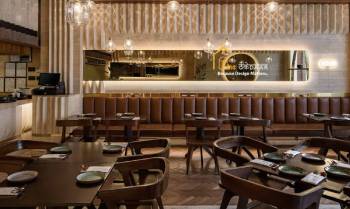
Restaurant
Tracking factors such as age, income, dietary preferences (e.g., vegetarian, vegan, gluten-free), and geographic location to create personalized experiences and targeted marketing campaigns.

Tracking factors such as age, income, dietary preferences (e.g., vegetarian, vegan, gluten-free), and geographic location to create personalized experiences and targeted marketing campaigns.
The media and communication industry, like every other on the list, relies on various significant factors. It's no surprise that its panel can be categorized based on different criteria.
Every panel introduces distinct challenges and opportunities, and The Ignitte is here to assist you in pinpointing target markets, evaluating market trends, and crafting impactful marketing strategies.
Partner with The Ignitte to experience unmatched expertise, innovation, and a commitment to driving your success.
Let's Talk Over Coffee!